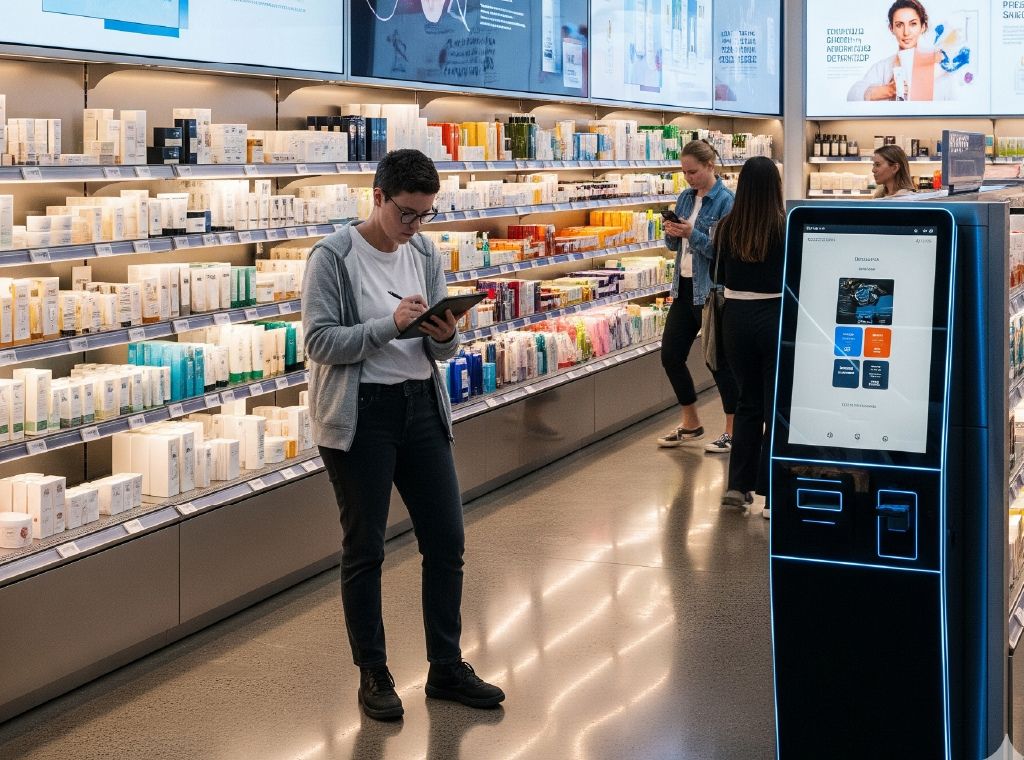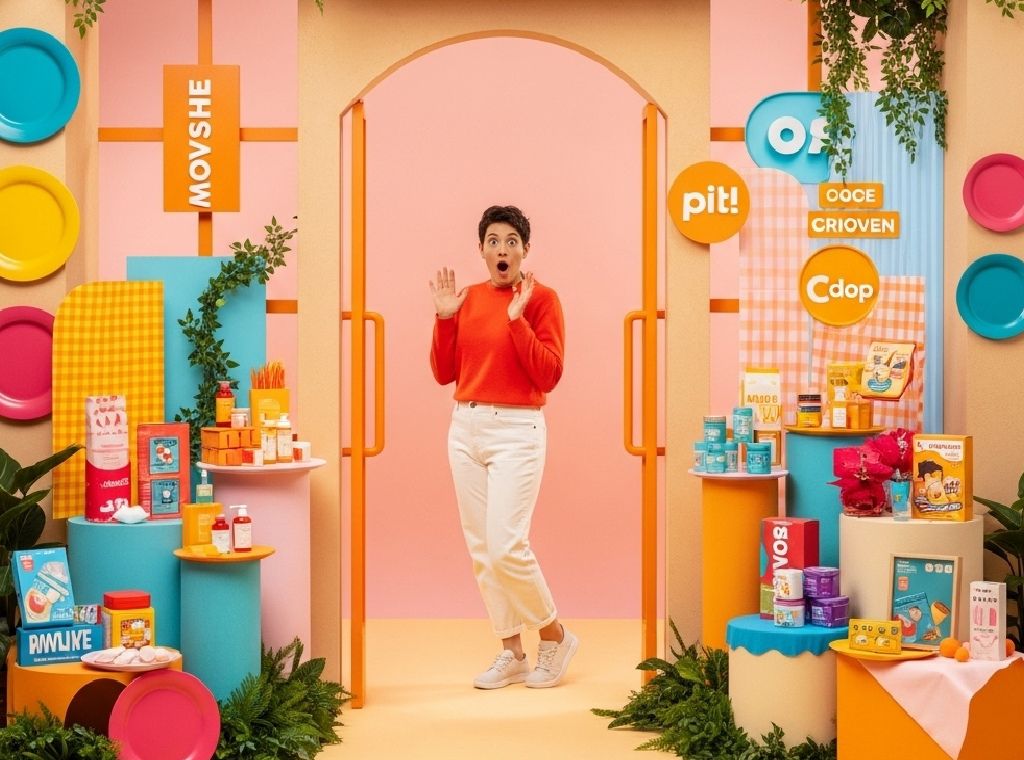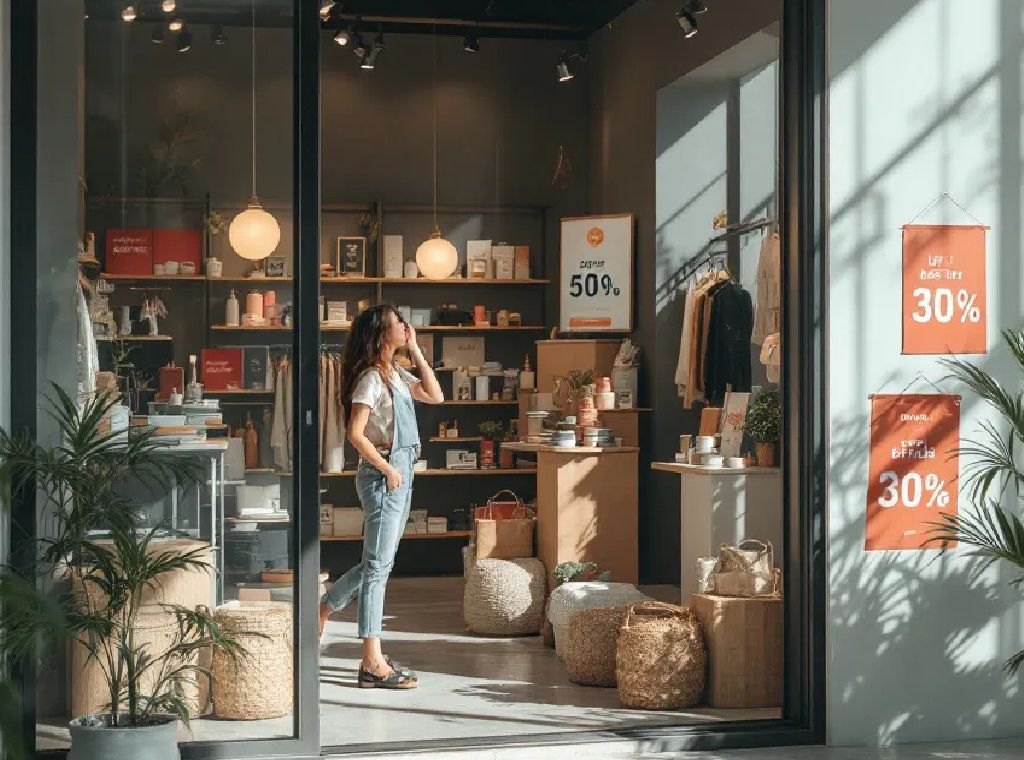
When you walk into a store, what’s the first thing you notice? Maybe it’s the bright display by the entrance, the way aisles guide you, or even how easy it is to find what you need. None of this happens by chance, it’s the result of a retail store plan.
A smart plan doesn’t just organize shelves. It creates an experience. It makes customers feel comfortable, connects them with your brand, and encourages them to come back again and again. Let’s dive into how a well-thought-out retail store plan can transform customer experience and build brand loyalty.
Why a retail store plan is so important
Think of a retail store plan as the “blueprint” of your customer’s journey. It shapes everything from the way shoppers move through the store to how they interact with your products. When done right, it:
- Makes shopping quicker and easier.
- Encourages people to explore more of your products.
- Creates a clear and memorable brand identity.
- Boosts sales simply by improving the experience.
In other words, smart planning doesn’t just look good it makes shopping more enjoyable and meaningful.

Grabbing attention from the start
First impressions matter. A smart store layout plan ensures that the moment a customer steps inside, they’re intrigued. For example, placing eye-catching seasonal items near the entrance can spark curiosity. Guiding customers through a natural path (like the popular “racetrack” layout) exposes them to more products without making the store feel overwhelming.
When shoppers feel excited right away, they’re more likely to stay longer, browse more, and leave with a positive impression.

Making shopping seamless and stress-free
Nobody enjoys wandering through a confusing store. A good retail store design plan puts the customer first, making every step of the journey smooth and intuitive.
Some ways to improve the shopping experience include:
- Clear signs and layouts so customers never feel lost.
- Engaging displays that make products easy to compare and discover.
- Smart tech, like self-checkouts or interactive screens, for those who like convenience.
- A welcoming atmosphere with the right lighting, music, and spacing.
These little touches add up. They make customers feel that the brand understands their needs and that’s something they’ll remember.

Telling your brand’s story through design
Your store isn’t just a place to shop; it’s a reflection of your brand. A retail store planning strategy can turn every detail into part of your story.
For example:
- A sustainable brand might use eco-friendly fixtures and greenery to highlight its values.
- A luxury store may create a calm, spacious layout that feels exclusive and premium.
When design matches brand identity, customers don’t just buy products—they connect emotionally with the brand behind them.

Building loyalty through memorable experiences
Loyalty doesn’t come from discounts alone. It comes from experiences that customers want to relive. A well-thought-out floor plan helps make those experiences happen.
Here’s how:
- Consistency matters. Shoppers expect the same quality and design across all your locations.
- Personalization counts. Adjusting layouts or promotions to match local preferences shows customers you get them.
- Community adds value. Hosting events or workshops in-store turns shopping into something social and fun.
- Omnichannel convenience. Making it easy to order online and pick up in-store keeps customers coming back.
The more memorable and seamless the experience, the more likely customers will choose your brand over and over again.

How to know if your plan works
Planning is one thing, measuring success is another. Retailers can track whether their store planning strategy is paying off by looking at:
- Foot traffic: Where do customers spend the most time?
- Sales per square foot: Are design choices driving revenue?
- Feedback: What do customers say about their experience?
- Dwell time and conversion: Are people staying longer and buying more?
Tracking these metrics gives you the insights you need to keep improving and refining the experience.

Final thoughts: Planning beyond the shelves
A retail store plan isn’t just about arranging shelves, it’s about designing experiences. It draws customers in, makes shopping enjoyable, and turns your brand into something people want to stick with.
When you invest in smart planning, you’re not just selling products, you’re building connections. And those connections turn everyday shoppers into loyal fans who will keep choosing your brand time and time again.





